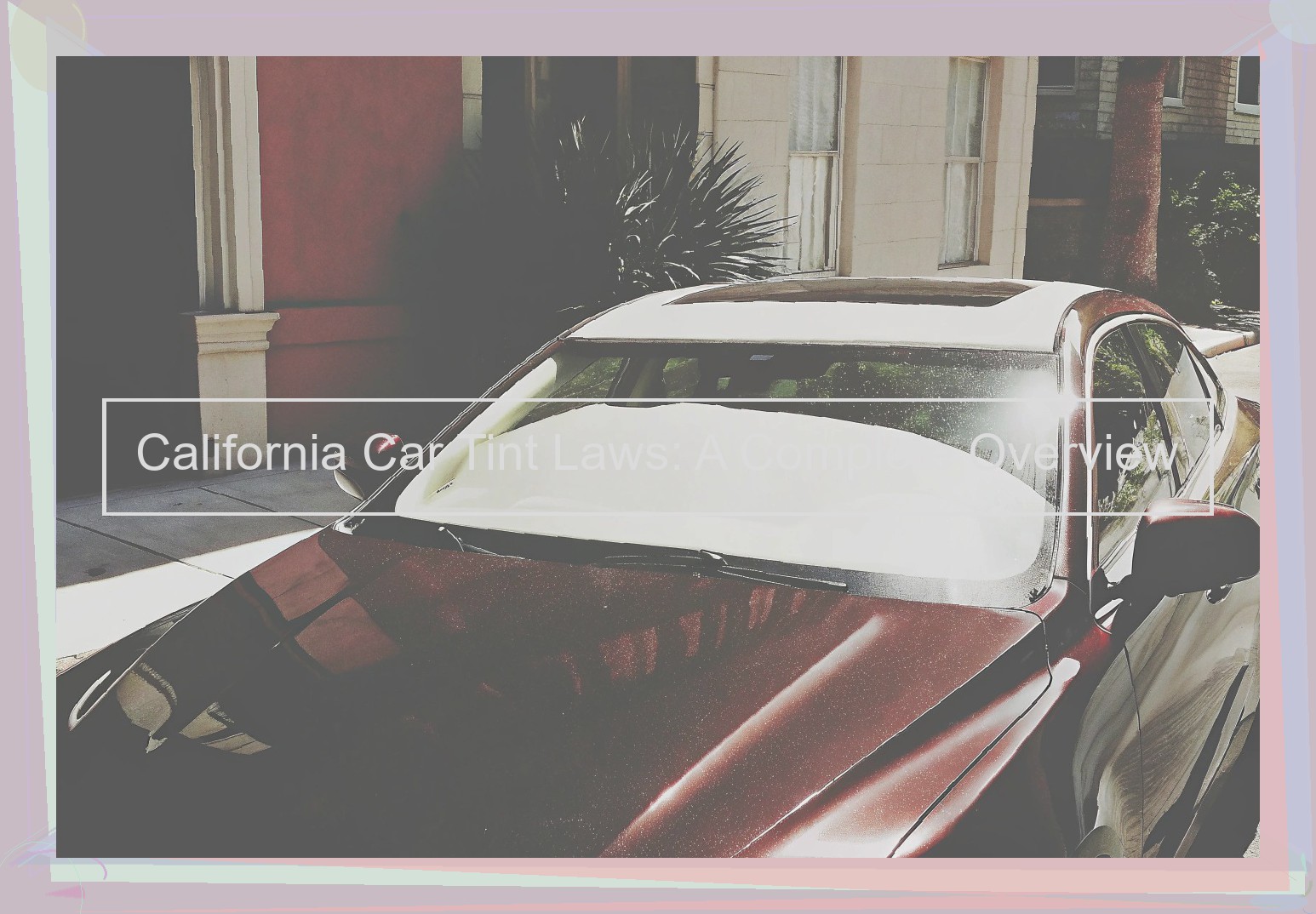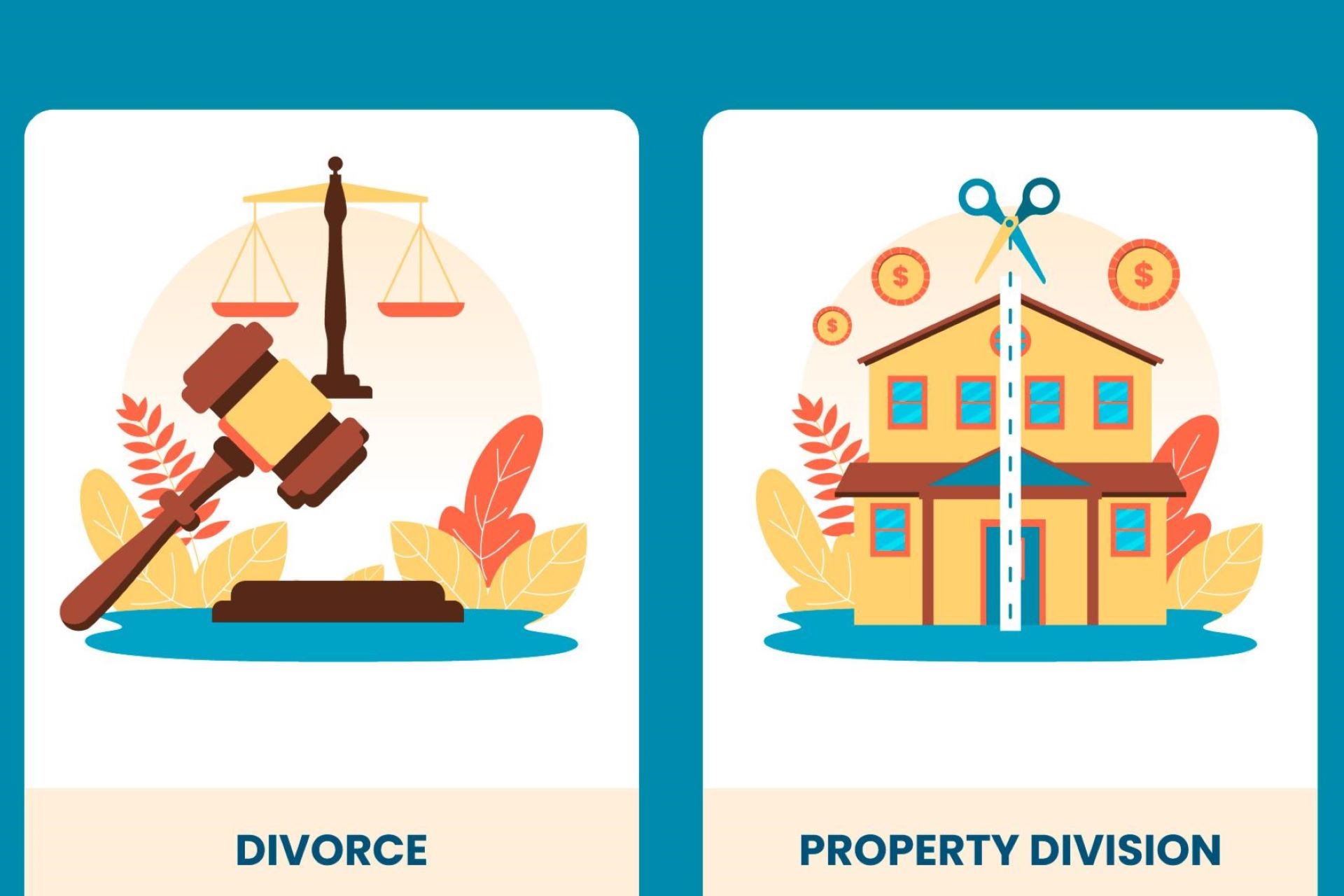What Are the California Car Tint Laws?
California imposes restrictions on window tinting. This is under the Vehicle Code 26708(a)(1). These laws govern how tinted you can go, where you can tint and how the tint must be placed.
California’s General Window Tint Darkness Regulations
The darkness of the window tint on vehicles is measured by VLT, or visible light transmission. Issues of how dark your tint can be are generally focused on the window at the side or behind the driver. There are also nuances to how tint darkness can change with automobile windows. According to California Tint Law:
- For passenger vehicles, the maximum tint strength for windshields is a VLT of 70%.
- For front side windows, the maximum tint strength is a VLT of 70%.
- For rear side windows, there is no restriction on darkness.
- For rear windows, there is no restriction on darkness.
The maximum tint darkness allowed on SUVs and vans for the windshield is a VLT of 70%. For front side windows, the maximum allowed is a VLT of 70% . There’s no maximum restriction for the tint darkness on the rear side windows. The same goes for the rear window. Exceptions to the Law: Medical Exemption California has a medical exemption to the tint law. If you have a medical condition that requires you to shield yourself from the sun, you can get a note from a doctor and apply for an exception. You must be able to provide a copy of the medical waiver in your vehicle at all times.
California’s General Window Tint Reflectivity Regulations
The reflectivity of the tint on your vehicle can interfere with the driver and pose a safety hazard. For example, if there is too much reflected light, it makes it difficult to see at night. Problems with reflectivity are one of the most common issues police officers encounter. Too much reflectivity can cause blindness if the sun is right. Tint reflectivity in a vehicle cannot exceed 5%. Also, the tint on the front and rear windshields can’t be more than 4%.
Why Does California Regulate Vehicle Tints
California has a unique set of rules governing window tint on cars. These are some of the strictest and most unique window tinting regulations in the country. While you might only think of tinted windows as a cosmetic option, they can have much wider implications in an accident. For this reason, California has restrictions on these windows in terms of their reflectivity and darkness. This is for the good of everyone in the state.
There are two main reasons California regulates window tinting. The first is visibility on the road. When you are driving, the safety of the people in your car, as well as other drivers and pedestrians, depends on your visibility when behind the wheel. You need to be able to see the road clearly, both during times of day with bright sun and at night, no matter the weather conditions outside.
Visibility is also important to law enforcement in California. If police are attempting to pull over a driver for any reason, they need to be able to see into your car in order to identify the driver, any potential passengers and any potential weapons or other contraband in the vehicle. With a severely tinted window, it is difficult to properly see enough to feel safe performing the traffic stop.
Another concern is that of law enforcement securing their own safety in the event of a crash. In addition to potentially requiring a rescue from a vehicle that has been involved in an accident, police officers have to be careful not to assume a passenger or driver is not a threat after a collision. Conversely, the front seat passenger may be in a better condition than the driver for various reasons, including being able to take control of the car and perhaps even drive it away from the scene before law enforcement arrives.
These questions regarding safety and security during a traffic stop, as well as after an accident, are what led to the passing of the Window Tint Safety Law in California. Lawmakers enacted this system in order to protect everyone on the road. Now, tinting must be performed by a certified and licensed aftermarket tinters and all cars must have a sticker to indicate legal compliance in the state.
Penalties for Tint Law Violations
Violations of California’s tint laws may result in a fine. The fine differs from violation to violation. The tint law bottom line is that when you violate the tint law you are first given a letter of warning for the violation. This letter of warning allows the individual cited four days (inclusive) to bring the vehicle back to the office of the CHP Officer to have the window measurements checked. If the officer finds the tint non-compliant, you will be charged with a fix-it ticket (which cannot be contested in court). A fix-it ticket provides for a monetary penalty and fines not to exceed the amount set forth in the California Penal Code as a fine for a traffic infraction.
However, as mentioned above, the tint law bottom line is that the first time you are cited, you are given a warning. In addition to this warning, the judge may in his discretion require the vehicle owner to make an appearance in court for arraignment and assessment of fine. If you fail to pay the fine within the time specified by the court, a warrant of arrest will issue.
You may contest your citation in court; however, your window tint must be removed before you appear in traffic court to contest your citation. If the judge finds you guilty, the standard procedure is to impose a fine and grant time to pay. Consequently, the amount of the fine is generally reduced to the amount of the initial bail you posted (the bail is the maximum fine set for a particular traffic infraction). If you have the window tint removed before you post bail and your citation is dismissed, you are entitled to your bail money back (but no more).
Many people have been cited for tinted windows and have decided it is a waste of time to contest the citation or remove the tint in order to do so. However, there are important reasons to contest your traffic citation if you were cited for illegal tint on your vehicle instead of a fix-it ticket. First, it allows you to contest the citation on the basis that the tint was not illegal because the tint complied with the law. Second, it provides you with a written record (the judge’s ruling) that can help others contest their tint tickets on a case-file basis (regulatory law is the law which consists of the regulations and administrative code rather than the statutes, penalties and fines set forth by the legislatures). Third, it lets the officer the judge that the value of tint is an important issue and they need to enforce the law as written. Fourth, having the judge enforce the law as written, and properly in your particular case, can provide you with a precedent to use should you be cited again in the future for a similar tint offense. Finally, if you do not contest the citation in court, you will never know whether you could have gotten it dismissed or gotten a fine reduction, and thereby saved money.
Legal Tint Exemptions in California
While the state’s laws are relatively strict, there are some exceptions to California’s tinting rules. For example, persons with specific medical conditions may be allowed to have darker window tint on their vehicles than the law otherwise permits. In order to qualify for this exemption, you will need to be able to present your medical records and evidence of the necessity for the tint to law enforcement officers who pull you over. Essentially, if you can show that tint is medically necessary , the police will be more willing to overlook the tinting that would otherwise be illegal for your vehicle.
In support of this exemption, a physician will need to complete a form that you’ll submit with an application for an exemption to the tint law: The form must be completed by a licensed physician or surgeon and cannot be issued for any reason other than those in the list above. Applications are subject to review by the Department of Motor Vehicles and must be approved before an exception can be granted.
Tips for Tint Law Compliance
When it comes to complying with California’s car tint laws, choosing the right film is essential. The key is to select window film that adheres to the state’s regulations. Some popular and legal tinting films on the market include LLumar CTX and 3M Color Stable Series. These films provide a satisfactory level of UV protection and privacy while remaining within the legal limits.
Drivers should also look for certified professionals to apply their window film. An experienced tinting expert will measure the windows accurately to ensure the film is cut to the right size and fits precisely. They will also have experience with the specific tinting laws for nearby California counties, whether the tint is being installed on a sedan in Los Angeles or an SUV in San Francisco.
It’s important to not only have the tinted windows installed with the correct percentage of visible light allowed, but if the tint starts to bubble or peel, a vehicle owner can expect a law enforcement officer to issue a citation. Enlisting the services of professionals who guarantee their services can save drivers from unpleasant headaches with the law. Reading customer reviews can provide insight into the profession’s services.
While there are several ways in which individuals can comply with California tint laws, there are some aspects that drivers have no control over. For example, tint manufacturers must undergo certification by the Department of State Health Services (DHS). The DHS requires that tint conforms to all of California’s tint and non-tint specifications. Individuals should also look for the U.S. Department of Transportation label, which indicates the tint is the correct shade of visible light and meets all other specifications required by the state.
Updating & Changing Laws
A couple of years ago, a California state senator proposed legislation that would have dropped the window tint laws in California to the point where people could put any degree tint on their windows at all.
The bill got through some committee meetings, but ultimately when it came to the legislature for a vote, it was killed before it could even go to a vote. We bring up the legislative bill proposal because this is demonstrably just how strongly Californian’s feel about their window tint laws.
In an age where it seems people typically want more and more freedom of choice provided by the government, even making it more possible to break the law, it is clear in the case of window tint laws, Californian’s do not want to see change .
There is no doubt that when it comes to the laws that govern your vehicle, there is no state that has had more influence on those laws than California. The emissions laws, the window tint laws, the engine modification laws, they are all made harsher. There is even a law right now that will prohibit the sale of trucks modified to be modified more.
The latest modification law is more about preventing people who acquire their cars and trucks "smogged" then purchasing them so they avoid the fee, but its just another example of how restrictive and harsh Californian modifications laws can be.
The tint laws have certainly tightened up in recent years though and no doubt that will continue.


